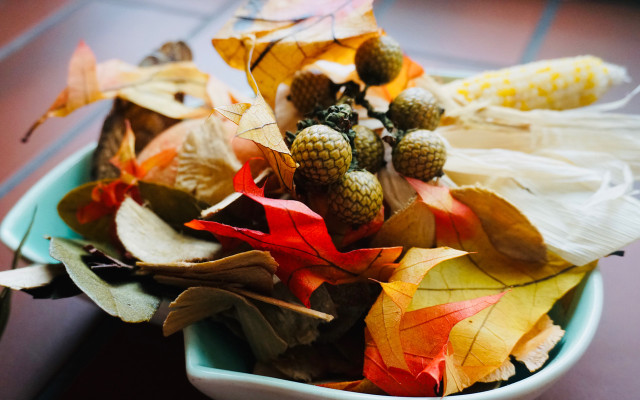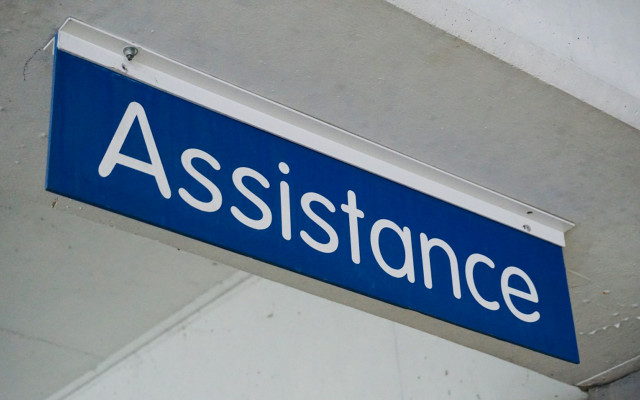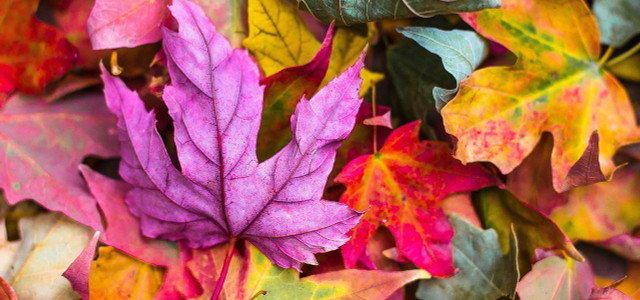Seasonal affective disorder or seasonal depression sets in for many during the fall and winter months. From October on, days start to feel shorter, while sunlight fades quicker. The dark and dreary season can zap your energy and leave you feeling down. We’ve gathered five tips to help you beat the winter blues.
Seasonal affective disorder isn’t necessarily a clinical disorder. The lack of sunlight and the gloomy weather just get you down in the dumps. But it’s not just you: Many suffer from some form of seasonal depression at some point in the year. Why? Our bodies are to blame.
Reduced sunlight hampers the body’s natural ability to produce vitamin D. This results in a number of symptoms typical of seasonal affective disorder: We feel run down, irritable, and need more sleep than usual. However natural these processes may seem, you can meet the winter blues head on by actively doing something against them. Let us show you how.
#1 Stock up on Vitamin D

From the months of November to February, sunlight alone isn’t always enough to support the body’s natural production of vitamin D. With this in mind, it makes a ton of sense to fill up on vitamin D so seasonal affective disorder doesn’t even have a chance to set in.
- Spend at least ten to 25 minutes outside each day
- Rain or shine – it doesn’t matter. UVB light makes its way through the clouds regardless.
- Incorporate a walk into your daily schedule – and go even if the weather isn’t inviting at first glance.
In addition to this, make sure you’re getting enough nutritional vitamin D through what you eat.
- Animal products such as eggs or salmon are good sources of vitamin D.
- There are also plenty of plant-based sources of vitamin D – such as mushrooms, fortified soy milk and almond milk, and tofu.
Incorporate these foods (organic in quality at best) into your weekly meal plan and add them to your healthy grocery list. Stocking up on vitamin D by spending ample time outside and making conscious changes to your nutrition should effectively protect your body from the symptoms of seasonal affective disorder.
#2 Maintain an Active Social Life



During fall we start spending more time cozied up on the couch at the home. That comfy spot in your living room, combined with nasty and dreary weather, makes spending time together with people harder, which in turn essentially invites seasonal affective disorder right on in.
Keep up with your crowd – cook a tasty meal together with your friends or host a games or movie night. There are plenty of creative ways to keep positive energy flowing on into the colder months. Maintaining an active social life is exactly what we need to ward off seasonal affective disorder and keep the winter blues at bay.
Combine socializing with healthy eating and impress your friends with some seasonal recipes. Who knows, maybe you’ll discover a new hobby while cooking with company! We’ve got you covered whenever you need some culinary inspiration: Have a crack at our homemade pesto, homemade pizza dough, granola bars, pumpkin smoothies, and many more in our food section.
Utopia’s tip: This fall, keeping in touch with friends has become quite the challenge – but it’s possible! Here’s an idea: Use tools like Teleparty to host a movie night with your friends – without actually being in the same room.
#3 Beat Seasonal Affective Disorder: Enjoy the Beautiful Moments of Fall



Fall has a magnificent effect on nature. Open your eyes to the best things fall has to offer and take it all in. Moments like these put our minds at ease and stay with us long after the leaves have fallen. Be thankful for what fall does for you. The more positive thoughts and feelings we add to our memory bank, the less of chance there is of seasonal affective disorder getting us down.
#4 Make Your Day a Bit More Colorful



Even with the trees turning a gorgeous golden-yellow and orange right before our eyes, the days are starting to get shorter and duller. Now is more important of a time than ever for your home to be a place you feel at peace spending time in, that you can look forward to at day’s end. How does decorating your apartment with vibrant and vivid colors sound? Colors like orange, red, and yellow are great for boosting your spirits and perfect for preventing seasonal depression.
Some sustainable material ideas to use in your creative projects are various pumpkins, potted sunflowers or dried leaves. Maybe you could try knitting a colorful pillowcase from old textiles? Let your creativity run free and be proud of the crazy collection of colors you leave behind.
Or try beating seasonal affective disorder by decorating old clothes with fancy patterns. Here’s how it works: Visible Mending: Giving New Life to Old Clothes
#5 How About a New Hobby?



So, you’ve always wanted to knit a beanie, make tie-dye shirts or try your hand at watercolors? Fall is the perfect time to try new things. Pick something you’ve always wanted to learn to do, or haven’t done in ages – and just do it. This way you stay busy and are doing something rewarding for yourself.
Your own positive energy is key to stopping seasonal affective disorder in its tracks. You can pair this tip with activities in #3 and #4: How about a relaxing crafting day with friends designing colorful fall-themed decorations? The winter blues won’t stand a chance!
If All Else Fails, Seek Professional Help for Serious Seasonal Affective Disorder



In a very limited number of cases it’s not as easy to get control of seasonal depression. This is referred to by psychologists as serious seasonal affective disorder (SAD). Symptoms are more pronounced and can remain for longer periods of time. Those affected may experience extreme difficulty in coping with everyday life.
If you have the impression that the symptoms of seasonal depression are becoming overwhelming and you’ve felt bad for longer than two weeks straight, don’t hesitate in seeking professional help from a therapist or psychologist. In most cases, the doctor will prescribe light therapy alongside additional emotional support from a therapist – someone who knows exactly how to help.
Conclusion: You Can Beat Seasonal Affective Disorder



Seasonal depression is often only a slight droop in mood brought on by the lack of sunlight in fall and winter. You can do a lot to combat the winter blues yourself and improve your mood. The important thing is: Keep up the positive energy throughout your day.
Don’t withdraw yourself from everyday life; instead, keep socially active by spending time with friends and family. Get outside and go for a walk, be mindful of a balanced diet, and take a chance on a new hobby – that’s how you show seasonal affective disorder the door.
Read more:
- 8 Tips for a Green Thanksgiving: How to Celebrate Sustainably
- Golden Milk Recipe: Health Benefits of the Turmeric Latte
- Becoming Minimalist: 3 Methods for Beginners
This article was translated from German to English by Evan Binford. You can view the original here: Herbstdepression: So geht’s glücklicher durch die dunkle Jahreszeit.
Important Information regarding Health-related Topics.
** Links to retailers marked with ** or underlined orange are partially partner links: If you buy here, you actively support Utopia.org, because we will receive a small part of the sales proceeds. More info.Do you like this post?







